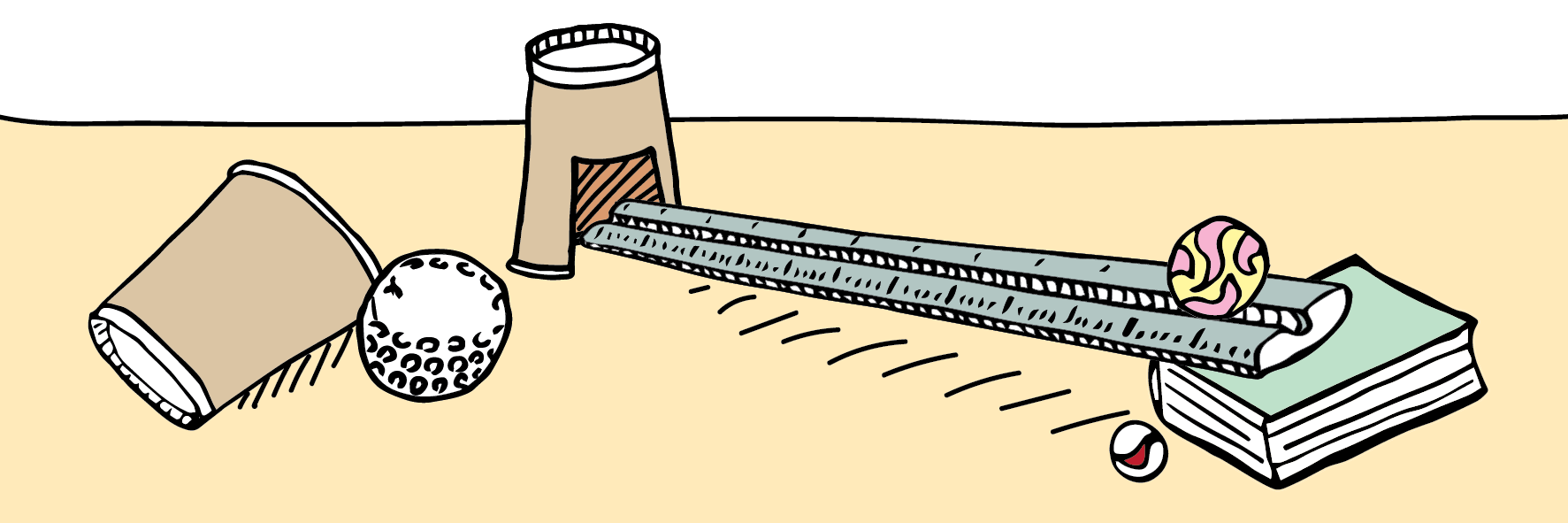Access keys for nzta.govt.nz
- h Home
- m Menu
- 0 Show list of access keys
- 2 Skip to content
- 3 Skip to top

Colossal Collisions activity B4. Final challenges to help students learn about the role of forces and energy in movement.
Activty B4 Adding Oomph [ZIP, 282 KB]
Focus on how consistent students are in the way they do this investigation.
The concept of “variables” in experiment design is an opportunity here.
How much you clarify the difference between weight and mass depends a lot on students’ age and stage of understanding. Likewise, the difference between speed and velocity. Velocity is not generally introduced until senior secondary years.
Do the findings of this investigation help us answer the big question? Do they add evidence that our ideas are correct or bring up something new that needs to be considered?
Students may have misconceptions about the answer, so refer back to the evidence. What have we seen?
Adding multiple experiences means they have more evidence to draw on to develop their answer and be sure of what they are finding.
Example:
|
What happens when marbles crash? |
|||
|
Activity |
Observations / Patterns |
What we think was the cause of this observation or pattern? |
How does this help us answer the big question? |
|
Bang |
(Already done) |
||
|
Straight line impacts |
(Already done) |
The energy seems to move from one marble to the next |
|
|
Adding “Oomph” |
“When the marble crashes into the cup the cup moves” “The heavier the object crashing the more the cup moves” |
“Heavier things have more “oomph” or energy when they are moving?” “This is what pushes the paper cup.” |
“The bigger and faster the marble, the more “oomph” or momentum it seems to have.” |
A final writing exercise bring this series of activities together. It can be done individually or in groups. This allows you to determine to what extent the students have achieved the learning outcomes. It gives an opportunity to apply their learning.
The use of a Claim / Evidence / Reasoning approach is particularly useful for students learning to use evidence to support their ideas.
Claim = A one-sentence answer to the question you are investigating.
Evidence = the data or research you gathered in investigating the question that supports your claim.
Reasoning = explains why the evidence supports the claim, provides a logical connection between the evidence and the claim.
More information can be found online about using this approach.
Investigating in Science - exploring, predicting, defining, analysing.
NZ Curriculum | Science achievement objectives(external link)
Use Evidence.
The five science capabilities (TKI - Science online)(external link)
Physical World, Achievement Objective: explore, describe and represent patterns and trends for everyday examples of physical phenomena, such as movement, forces etc.
Energy is not lost; it changes forms.
The students can…